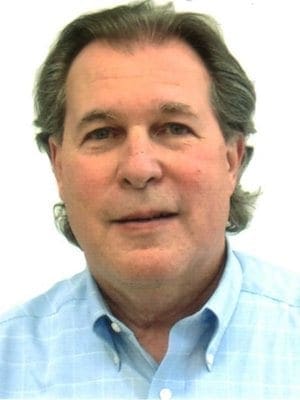The season of Lent, which begins next Wednesday, comprises the 40 days between Ash Wednesday and Easter.
In Lent, we take our cues from Jesus who denied himself as a spiritual exercise, denying himself of what he had in abundance in order to discover just how much he had in reserve.
This is an austere image of the one who was vitally connected to all the rich resources of the entire creation, and yet he willingly entered into a focused time of saying no to himself in order to say yes to God.
Jesus followed the voice that beckoned him to the wilderness, where there were no comforts and no amenities to make life easier.
Yet, in the fierce absence of the wilderness, Jesus was filled with purpose and given assurance that the resources for the days ahead would be enough.
Barbara Brown Taylor reminds us in her article, “Settling for Less,” that Lent is “forty days to cleanse the system and open the eyes to what remains when all comfort is gone. [It’s] forty days to remember what it is like to live by the grace of God alone and not by what we can supply for ourselves.”
In the wilderness, Jesus did what persons of faith throughout history have always done: He found a way to strip away all the distractions so even the quietest prompting of the Spirit could be heard.
I suppose all of us have heard the siren’s call at one time or another to spend more time in quietness and self-denial.
A few years ago, a group of us gathered in Marathon, Texas, to spend time in the Big Bend National Park with Belden Lane, author of “The Solace of Fierce Landscapes,” whose subtitle, “Exploring Desert and Mountain Spirituality,” was an indicator of how we experienced the expanse of time and topography where we encountered the desert and mountain terrain of this great national park.
Lane’s book and presentations explored the unspoken lessons the physical world has to teach in places where God and humans come in startling proximity to one another.
In those wilderness locations, one was removed from technology and idle chatter and the meaningless hurried pace that marks our daily habits.
The problem of our time in the fierce Lenten landscapes of the desert or the mountain is the same as the issue raised whenever we try to shut down the constant drone of inner noises.
Whenever we seek to create an inner silence, we become aware of the cacophony of sounds bent on drowning out the silence. In fact, it’s startling how much we depend on these noises to fill the silence.
If spiritual quietness is our cure, what does it say about our disease? We are a noisy, frenetic people in need of a moment-by-moment fix to keep us stimulated and hyped up.
We freak out if our addictions aren’t regularly stirred up to keep us distracted from God.
To experience Lent, we must experience a “wilderness retreat” from our inner noise, our addiction to external stimulation that resists silence.
The more concerted your efforts to still the inner noise, the more you will find you are a noisy mess within.
Experience Lent by experiencing silence, by saying no in some meaningful way, to intentionally limit the security of your resources, in order to heighten your awareness of that which you would normally miss.
Consider the way of Jesus who silenced his thoughts so he could hear the voice of God who was calling him to a more focused life.
Lent is not an idea or something we hold appreciably in our thoughts. It’s an experience with God beckoning us to a deeper life.
 Keith D. Herron is senior minister of St. Lucas UCC in St. Louis.
Keith D. Herron is senior minister of St. Lucas UCC in St. Louis.
Editor’s note: “Eyeing Easter, Walking through Lent,” EthicsDaily.com’s eight-week Lenten Bible study curriculum, is available here.

